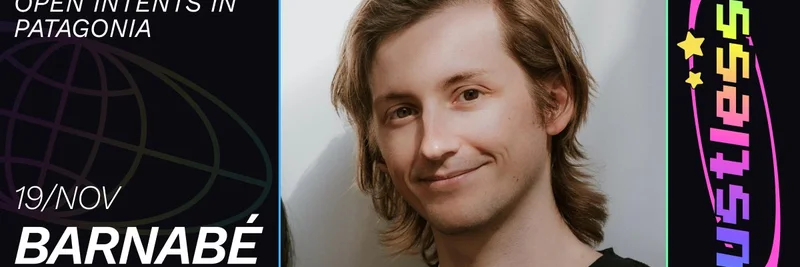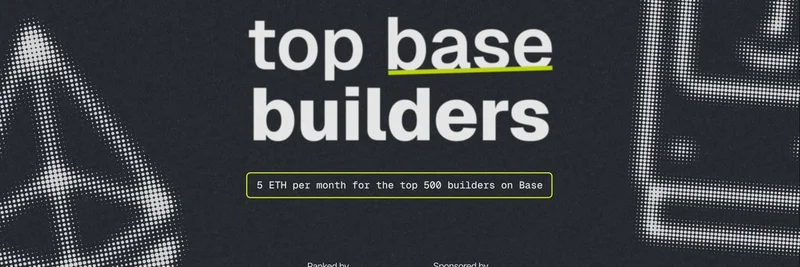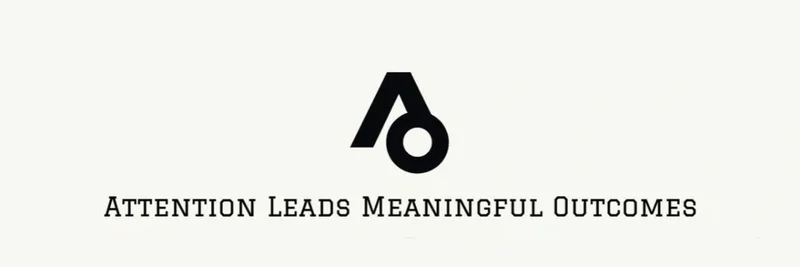If you've been keeping an eye on the evolving world of blockchain interoperability, you might have caught Barnabe Monnot's recent tweet from the trustless:// conference in Buenos Aires. As a key figure from the Ethereum Foundation, Monnot shared exciting updates on the Open Intents Framework (OIF), highlighting progress made at the Edge City event. This isn't just tech jargon—it's a potential game-changer for meme token enthusiasts and traders alike.
What is the Open Intents Framework?
At its core, the Open Intents Framework is an initiative led by projects like LiFi and OpenZeppelin, aimed at simplifying cross-chain interactions on Ethereum and its Layer 2 (L2) networks. Think of it as a smart system where users declare what they want to achieve—like swapping tokens across different chains—and the backend handles the heavy lifting without needing the user to navigate complex bridges or protocols manually.
This framework ties into Ethereum's broader 2026 UX roadmap, which focuses on making L2 interoperability seamless. For those new to the term, interoperability refers to the ability of different blockchain networks to communicate and transfer assets smoothly. In a fragmented ecosystem with countless L2s like Optimism, Arbitrum, and Base—where many popular meme tokens reside—this is crucial.
Key Features Highlighted by Monnot
In his tweet, Monnot teased several advancements from the OIF:
Interoperable Addresses: These allow users to maintain consistent addresses across chains, making it easier to manage wallets and assets without the hassle of multiple identities.
Dynamic Composability: This enables on-the-fly combination of actions, like swapping a meme token on one chain and staking it on another in a single transaction.
ERC-7683 Order Type Resolver: A standard for cross-chain intents that increases market depth. In simple terms, it helps aggregate liquidity from multiple sources, ensuring better prices and faster executions for trades—perfect for volatile meme tokens.
Trust-Minimised Settlement: Reduces reliance on centralized bridges, minimizing risks like hacks or failures, which have plagued cross-chain operations in the past.
These features stem from collaborative efforts, including open-source work that's inviting more developers to contribute.
How This Impacts Meme Tokens
Meme tokens thrive on hype, community, and quick trades, but chain silos often limit their potential. Imagine trading your favorite dog-themed token on Solana for an Ethereum-based cat meme without jumping through hoops. While OIF is Ethereum-centric, its principles could inspire similar standards across ecosystems, leading to deeper liquidity pools and reduced slippage.
For blockchain practitioners, this means enhanced tools for building meme-focused dApps. Traders get faster, cheaper swaps, and creators can launch tokens that interact seamlessly across chains, fostering bigger communities and more innovative use cases like cross-chain meme battles or shared liquidity events.
Monnot's call to action in related posts encourages anyone with cross-chain needs to reach out, signaling an open invitation for meme projects to integrate OIF early.
Looking Ahead
As Ethereum pushes for better UX, frameworks like OIF could make meme token trading as simple as sending a tweet. Keep an eye on updates from the Ethereum Foundation and collaborators— this is just the beginning of a more connected blockchain world.
For more on the slides from Monnot's talk, check them out here. And if you're diving deeper into interoperability, explore resources like the Ethereum UX Roadmap. Stay tuned to Meme Insider for the latest on how these tech shifts are shaping the meme economy!




